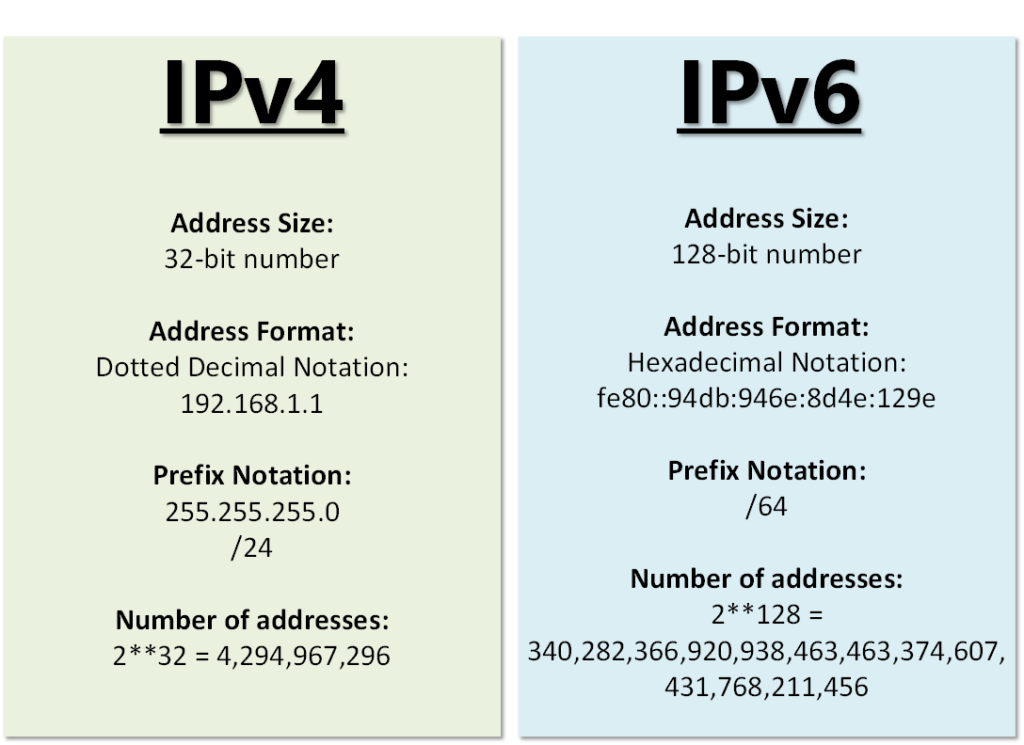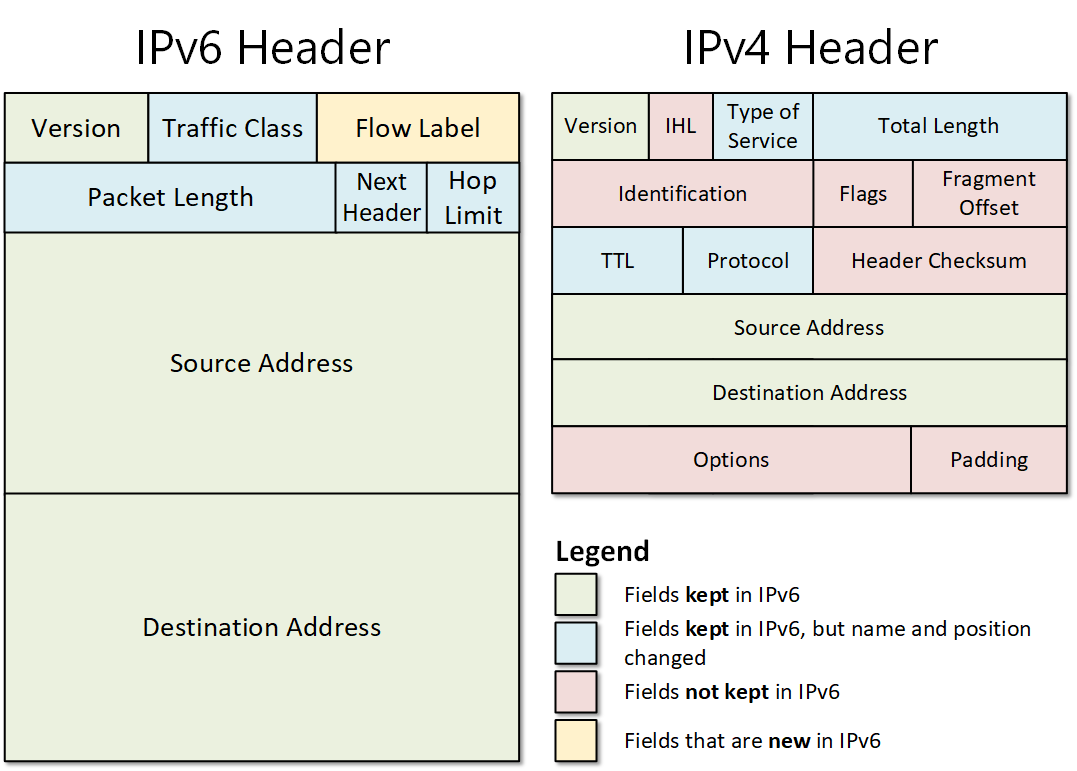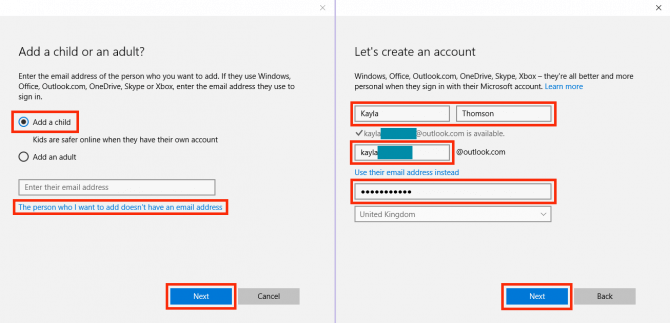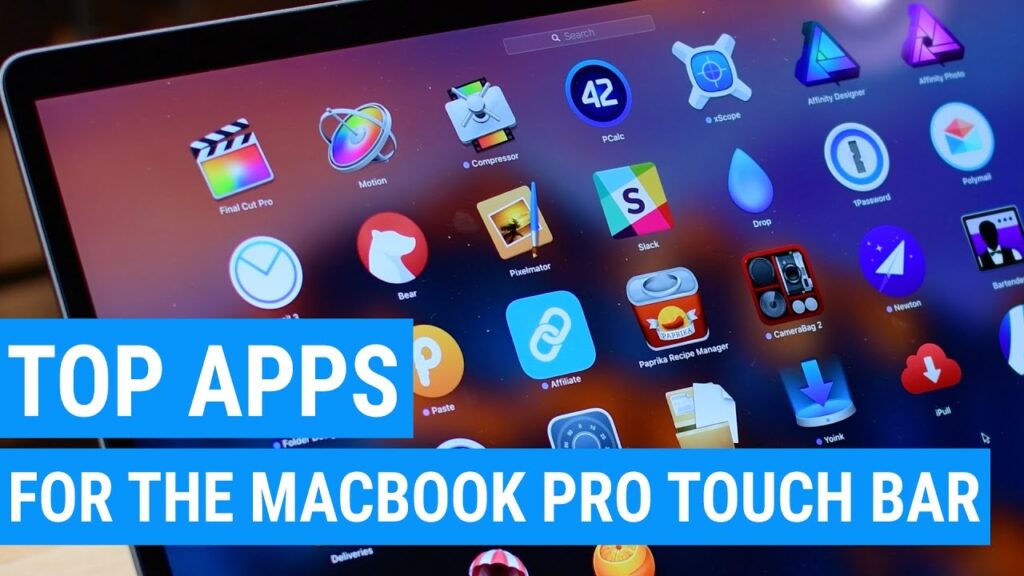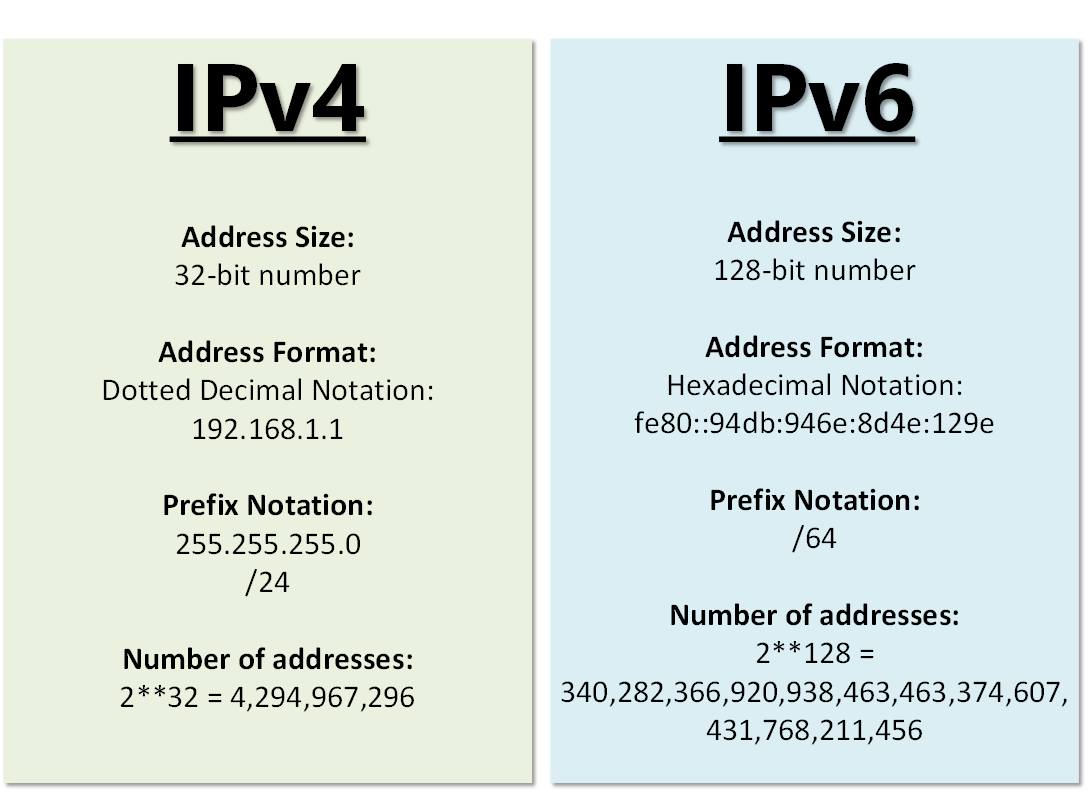
Every internet user nowadays encounters IPv4 and IPv6. You’ve probably heard IPv6 touted as superior to IPv4 and as the future. But what do IPv4 and IPv6 mean, and why is IPv6 considered better? If you’re curious, read on as we compare IPv4 vs IPv6 and explore Internet Protocols. But before that, let’s understand what IP is.
What is IP?
The Internet Protocol (IP) is the primary communications protocol in the Internet protocol suite for relaying datagrams across network boundaries. It has a routing function that enables inter-networking between devices globally, establishing the internet. IP addresses hosts, encapsulates data into datagrams, and routes them across IP networks. Simply put, IP comprises the rules and guidelines for transmitting data over any network.
IPv4 vs IPv6: Explained
Internet Protocol Version 4 (IPv4) is the fourth version of the Internet Protocol (IP). Initially deployed on the ARPANET in 1983, IPv4 now handles the majority of Internet traffic. It is a connectionless protocol used on packet-switched networks. Operating on a best effort delivery model, IPv4 provides variable bit rate and delivery time based on traffic load. It does not guarantee delivery, sequencing, or prevention of duplicate delivery. IPv4 Header Format
IPv6, the latest version of Internet Protocol, is an incremental update to IPv4. It serves as an Internet Layer protocol for packet-switched internetworking, ensuring end-to-end datagram transmission across multiple IP networks while closely following the design principles of its predecessor. Formally described in RFC 2460, published in December 1998, IPv6 has been in use on devices since late 2006.
IPv4 vs IPv6: Detailed Differences
| IPv4 | IPv6 | |
|---|---|---|
| Address | 32 bits (4 bytes) 12:34:56:78 |
128 bits (16 bytes) |
| Example | 12:34:56:78 | 1234:5678:9abc:def0: 1234:5678:9abc:def0 |
| Packet size | 576 bytes required, fragmentation optional | 1280 bytes required without fragmentation |
| Packet fragmentation | Routers and sending hosts | Sending hosts only |
| Packet header | Does not identify packet flow for QoS handling Includes a checksum Includes options up to 40 bytes |
Contains Flow Label field for QoS handling No checksum Extension headers for optional data |
| DNS records | Address (A) records, maps host names Pointer (PTR) records, IN-ADDR.ARPA DNS domain |
Address (AAAA) records, maps host names Pointer (PTR) records, IP6.ARPA DNS domain |
| Address configuration | Manual or via DHCP | Stateless address autoconfiguration (SLAAC) using ICMPv6 or DHCPv6 |
| IP to MAC resolution | Broadcast ARP | Multicast Neighbor Solicitation |
| Local subnet group management | IGMP | MLD |
| Broadcast | Yes | No |
| Multicast | Yes | Yes |
| IPSec | Optional, external | Required |
The Necessity of IPv6
IPv4 employs only 32 bits for its Internet addresses. Essentially, IPv4 supports up to 2^32 IP addresses, totaling 4,294,967,296 (4.29 billion). Despite its seeming enormity, the estimated devices connecting to the internet exceed 20 billion and continue to grow. Consequently, each device requires a distinct and unique IP address, leading to exhaustion of available IPv4 addresses.
IPv6 utilizes 128-bit internet addresses, accommodating up to 2^128 IP addresses, totaling approximately 340,282,366,920,938,000,000,000,000,000,000,000,000 (Three hundred forty undecillion, two hundred eighty-two decillion, three hundred sixty-six nonillion, nine hundred twenty octillion, nine hundred thirty-eight septillions). This vast capacity ensures sustained Internet functionality indefinitely.
Advantages of IPv6
IPv6 increases the number of available addresses and offers added benefits. It eliminates the need for Network Address Translation (NAT) previously used to conserve global address space due to IPv4 address scarcity. IPv6 also eliminates private address collisions and improves multicast routing.
Compared to IPv4, IPv6 boasts a simpler header format, enabling more efficient routing. It also enhances Quality of Service (QoS) through “flow labeling” and incorporates built-in authentication and privacy support. Additionally, IPv6 offers flexible extension support and simplifies administration by eliminating the need for Dynamic Host Configuration Protocol (DHCP).
The Transition from IPv4 to IPv6
The depletion of IPv4 had long been predicted. In 1993, Classless Inter-Domain Routing (CIDR) was introduced, later replaced by extensive Network Address Translation (NAT). While effective, both were temporary solutions to delay IPv4 address exhaustion. The transition to IPv6 is essential, but progress has been sluggish. Software and routers must be updated to support the advanced network, requiring time and investment.
IPv6 Timeline: Rise in IPv6 Adoption
In 2014, IPv4 carried over 99% of global Internet traffic. Despite a decade of development as a Standards Track protocol, IPv6 deployment is slowly increasing. By July 22, 2017, about 20.1% of users accessing Google services used IPv6, growing at 7.2% annually, with regional variations. While devices adopt IPv6, network providers’ adoption remains low. Currently, IPv4 and IPv6 operate as parallel networks, necessitating special gateways for protocol interchange.
IPv4 vs IPv6: Inevitable Change
The scarcity of IPv4 addresses is evident, yet IPv6 provides a robust solution. With its vast pool of 2^32 addresses, IPv6 is poised to endure. Modern devices universally adopt IPv6, likely unnoticed by users who seamlessly transition. The inevitability of adopting IPv6 looms, given the pervasive shift among devices and internet service providers.
Thus concludes the discourse on IPv4 versus IPv6. Share your insights on the future of Internet Protocol in the comments below.

Pritam Chopra is a seasoned IT professional and a passionate blogger hailing from the dynamic realm of technology. With an insatiable curiosity for all things tech-related, Pritam has dedicated himself to exploring and unraveling the intricacies of the digital world.

